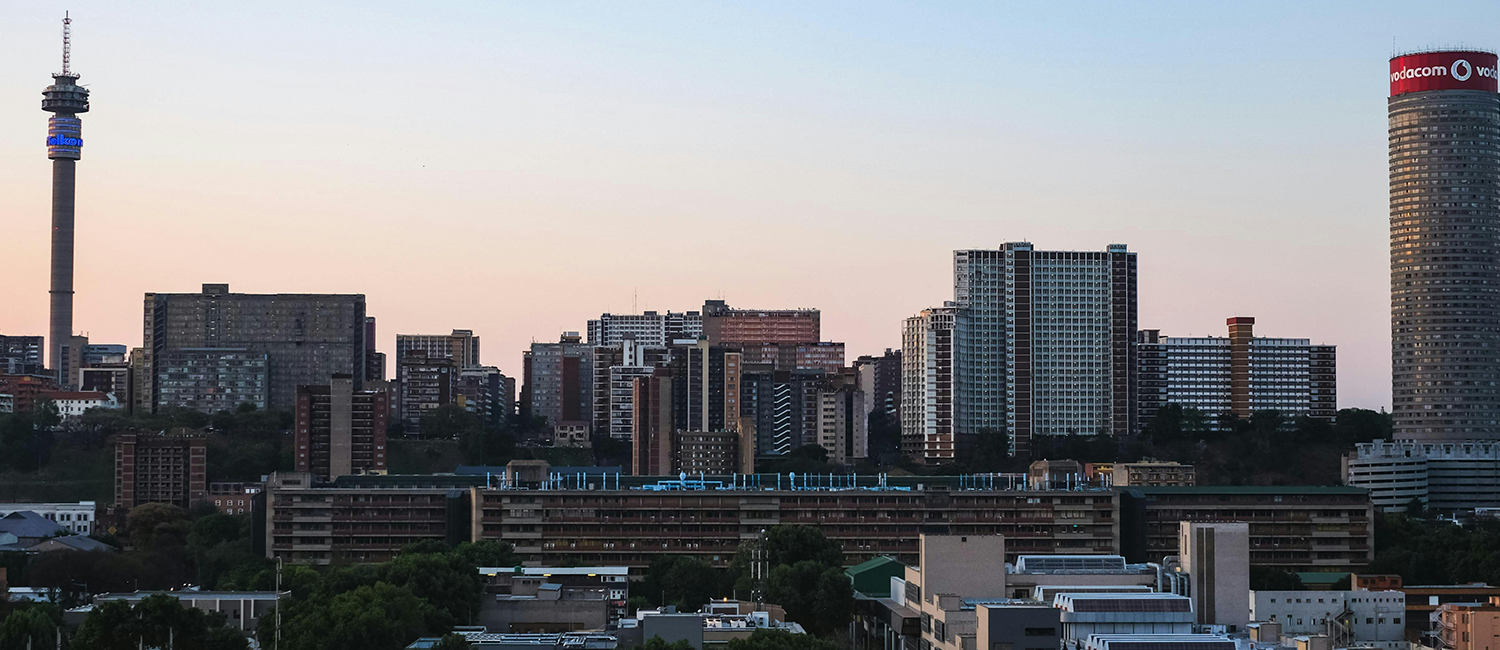Business owners are watching Rea Vaya construction along Louis Botha Avenue with keen anticipation. They believe it will bring customers and halt urban decay in the old suburb.
Orange Grove businesses owner Christopher Hatchings can hardly remember a day in the past decade when anything of interest took place in his neighbourhood.
Several businesses have shut down and relocated to other parts of the city; petty crime is on the rise; and decay is threatening to change the face of Orange Grove – but Hatchings clings on to a bit of hope. And that hope lies in the development of the Corridors of Freedom. It is along one of these that Rea Vaya Phase 1C is being developed and which Hatchings believes will turn around the flagging fortunes of Orange Grove, one of Johannesburg’s oldest suburbs.
One of Rea Vaya’s priorities is turning Louis Botha Avenue into a major economic hub, along one of the City of Joburg’s Corridors of Freedom. The road runs through the north-eastern parts of the city from Hillbrow to Sandton, passing through numerous older suburbs, including Orange Grove and Houghton.
Corridors of Freedom are carefully-planned transport routes that have, along the roads, mixed-use developments made up of high density accommodation as well as places of work.
“It is definitely a big thing to happen in the area,” Hatchings says. “I hope that the new bus service will revitalise the area. However, visible policing is needed to ensure that taxis don’t abuse the system.”
He reckons that he will able to expand his business, if the bus service is a success. But challenges such as broken pavements and inadequate refuse removal have to be dealt with for Rea Vaya Phase 1C to succeed.
Orange Grove is situated in the north-east of Johannesburg. It is predominantly a business area that has experienced some problems in the past years, such as urban decay. It is surrounded by suburbs such as Houghton Estate, Oaklands and Norwood, with their historical mansions, built by those who made their fortunes on the gold mines in the 19th and 20th century.
Christopher Collins is the owner of Orange Grove’s Italian Food Centre, a supermarket that sells food products imported from Italy. He believes that Rea Vaya will revitalise the image of the suburb. “I hope it will improve my business and uplift the area. I am positive that we shall see a lot of activity in the area after the construction.”
However, he is concerned about the possibility of congestion after the reduction of traffic lanes to accommodate the bus lanes.
The construction of the Rea Vaya lanes and stations is overseen by the Johannesburg Development Agency, which manages developments throughout the city.
Ramesh Chaytoo, another business owner in Orange Grove who has been keeping a close eye on the construction of Phase 1C, is confident that the service will bring more customers to his doorstep. “There is no walking traffic at present. It is rather quiet but I am quite sure that Rea Vaya will bring more customers,” says Chaytoo, who has seen the impact Rea Vaya has had on other parts of the city.
There is optimism in the brighter and busier future he envisages.
Orange Grove has two popular two sites that continually bring visitors: the Victory Theatre and the Radium Beer Hall. The theatre was built in the early part of the 19th century and was originally known as the Grove Kinema. It was later re-named The Victory Theatre in honour of the Allied victory in World War II.
The Radium is the oldest surviving bar and grill house in Johannesburg. It is still a popular live music venue that attracts a range of South African artists and audience.

